Roofing Services in Harrow protect your property’s value, safety, and comfort—stopping leaks, damp, and heat loss before they become expensive problems. Trusted across London and the Home Counties, every project is handled with rigorous compliance, technical care, and a sharp focus on long-lasting performance.
With decades of experience, our team is accredited by Which Trusted Trader and CITB, and partners with leading suppliers like Welsh Slate, ALM Lead, and Kemper. Book a free survey today and protect your property.

Ignoring roof issues means leaks can breed damp, failing insulation escalates energy bills, and unchecked problems often threaten your property’s structural reliability. Waiting rarely saves money—it nearly always raises risks, costs, and stress for any property owner.

Professional Roofing Services in Harrow directly resolve these hidden threats. You gain improved weather protection, better energy ratings, and strict compliance with UK Building Regulations—essential for homeowners seeking reassurance, landlords wanting long-term value, or businesses prioritising safety and operational efficiency. Proactive roof care becomes an investment, protecting every type of property.
Roofing Services in Harrow covers installations, repairs, upgrades, and restorations for homes, businesses, and heritage sites. We prioritise long-term durability, compliance with Building Regulations, and choose only high-quality materials from trusted suppliers. Every project is carefully tailored—ensuring your roofing solution fits your property, delivers safety, and stands the test of time.
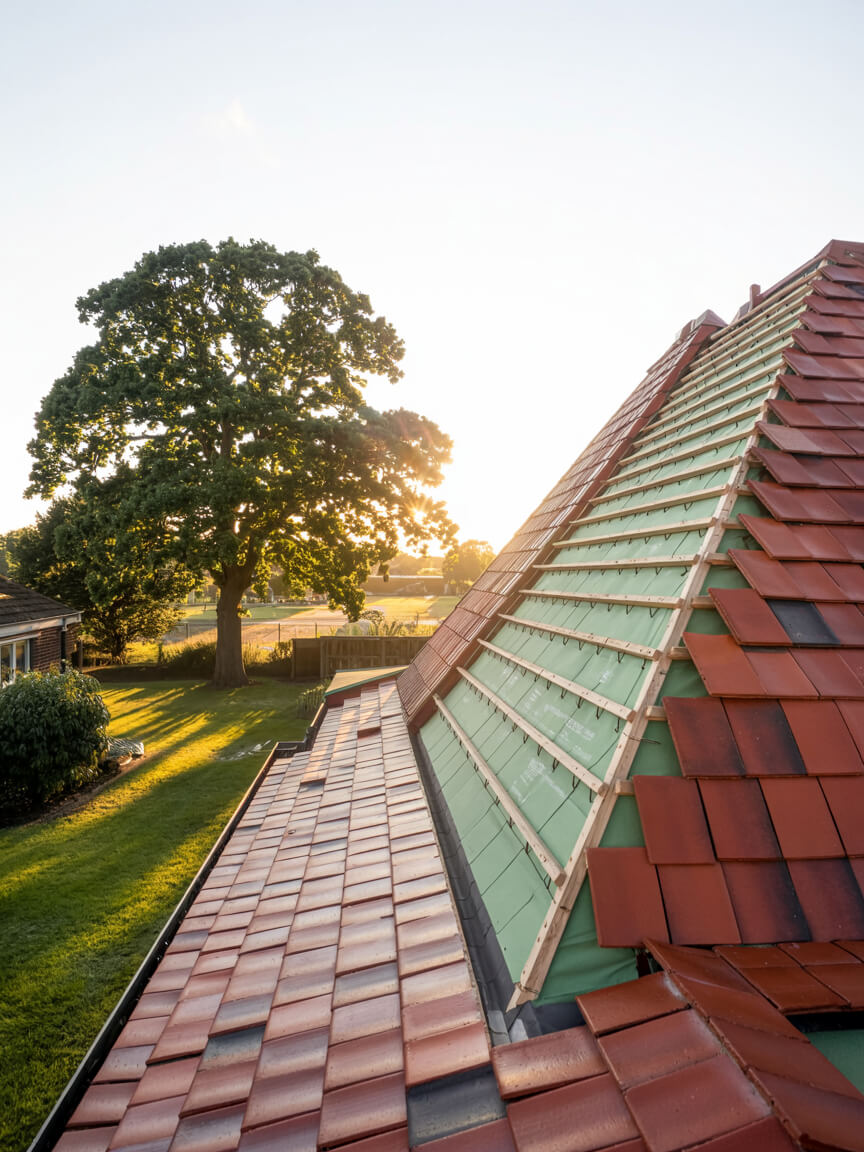
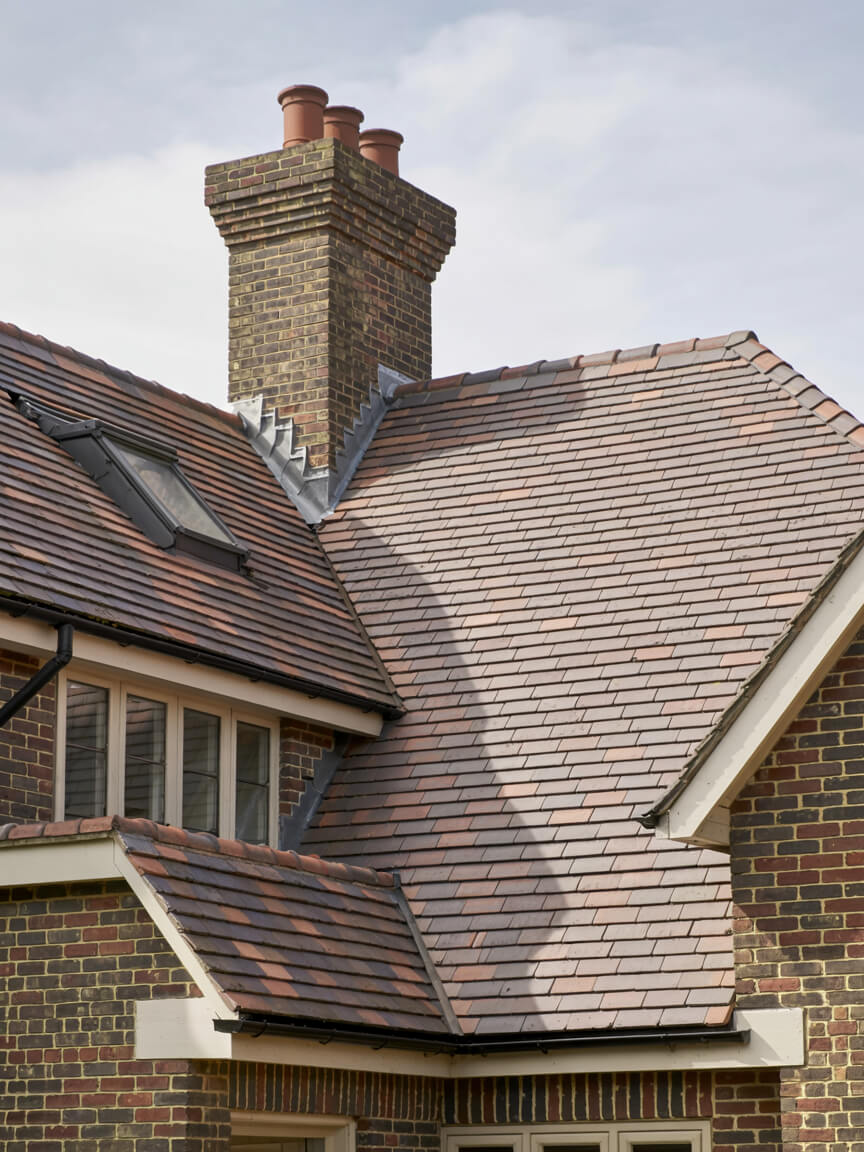
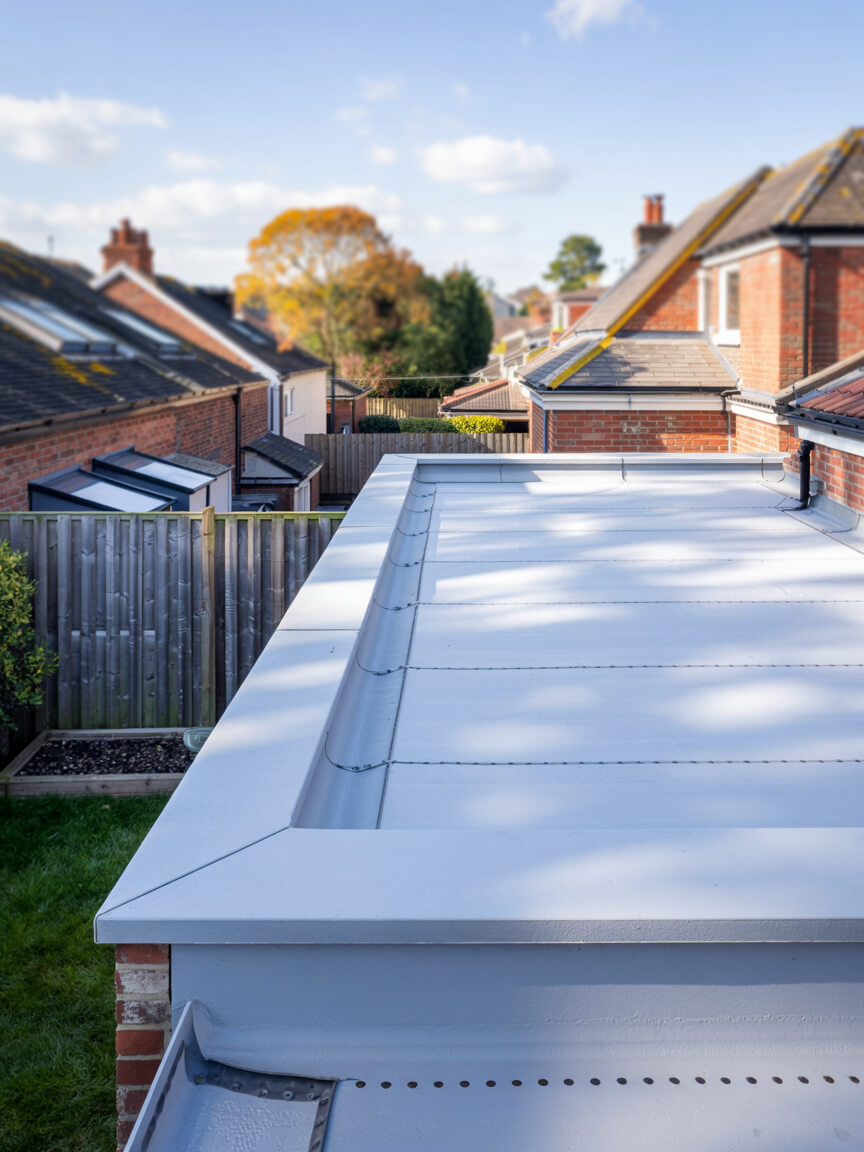
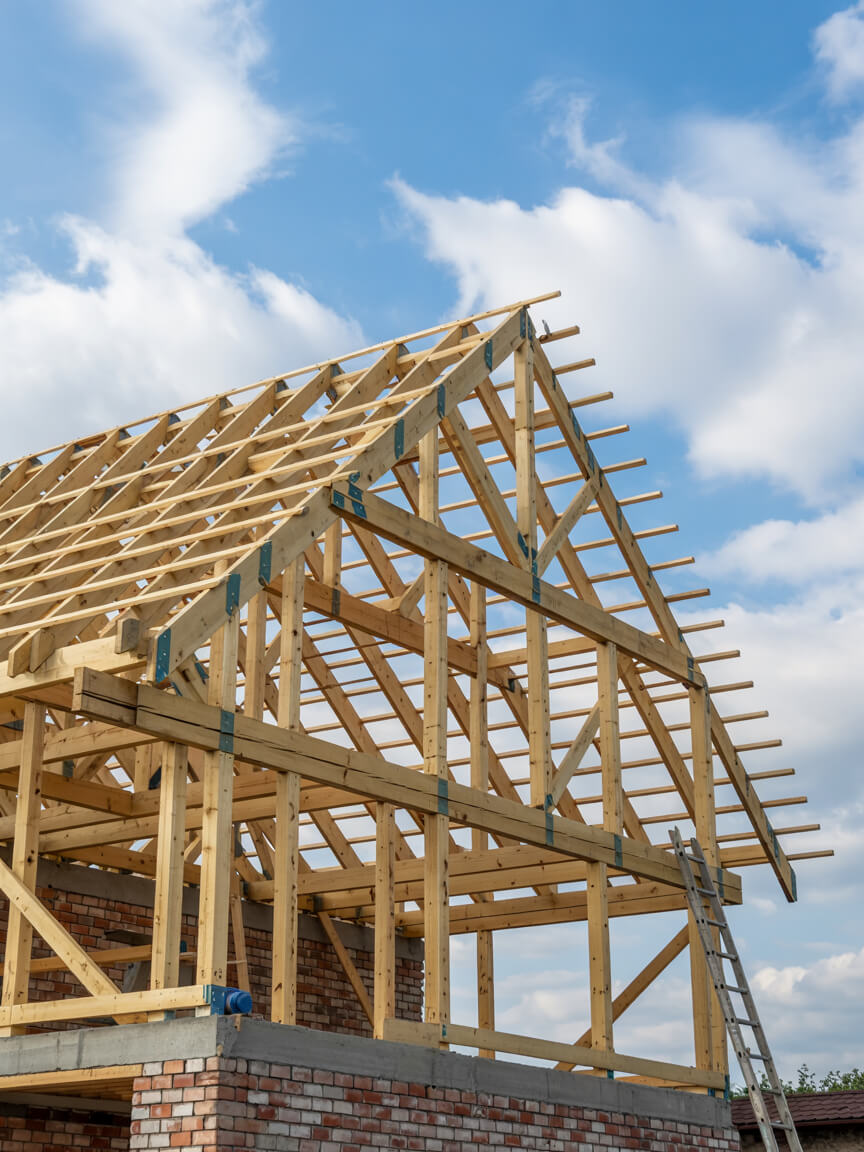
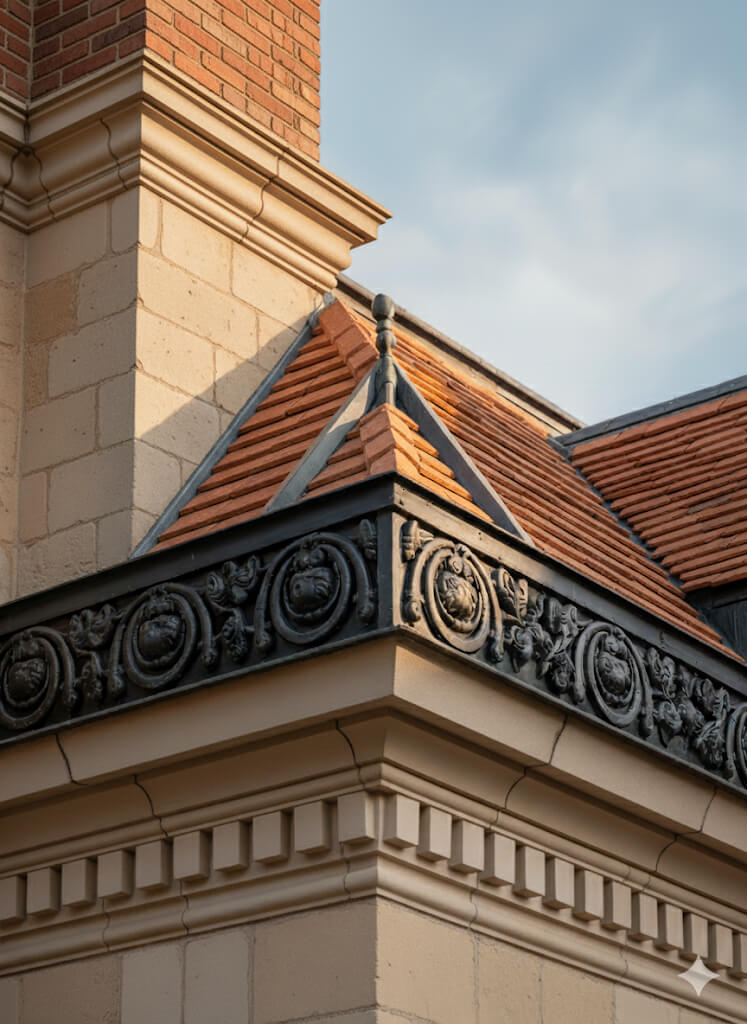
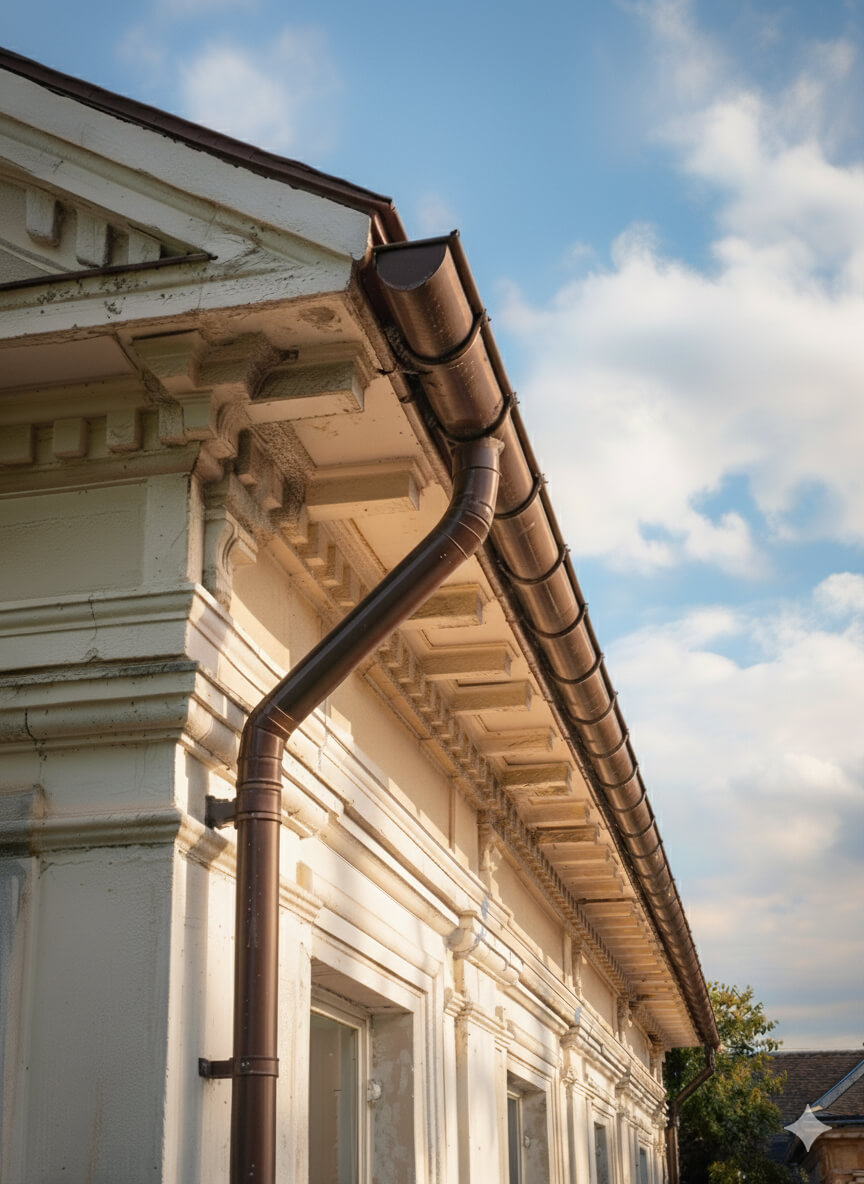

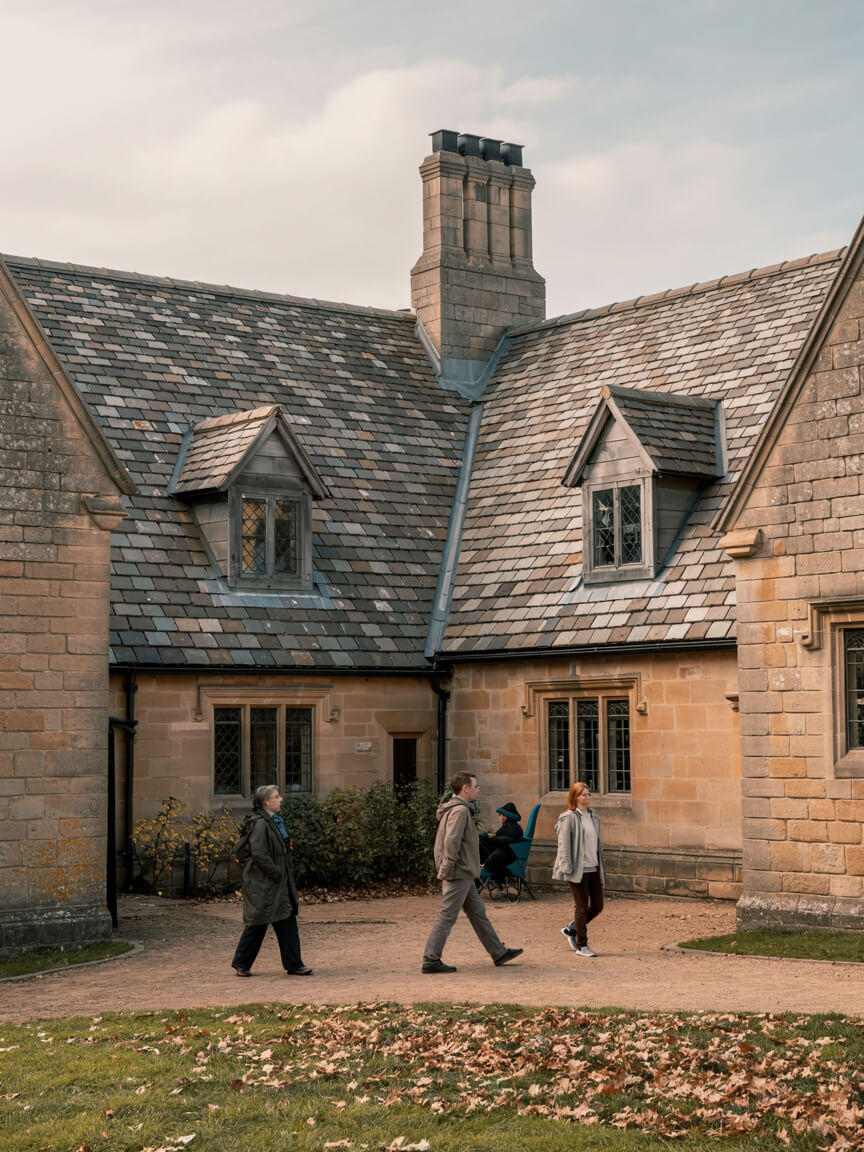
Every Roofing Services in Harrow project is adapted to property type, roof structure, and environmental demands. Tailoring ensures compliance with regulations, minimises disruption, and maximises long-term value. From homes and businesses to industrial sites and listed heritage buildings, our flexible approach guarantees roofing solutions that meet unique needs while delivering safety, efficiency, and reliability.
Homes, extensions, and listed buildings.
Offices, retail, schools, and hospitality.
Warehouses, factories, and logistics sites.
Every Roofing Services in Harrow project follows proven steps with quality materials. Whether a new installation, upgrade, or repair, each layer adds durability, safety, and efficiency—tailored to protect your property and meet regulatory standards.
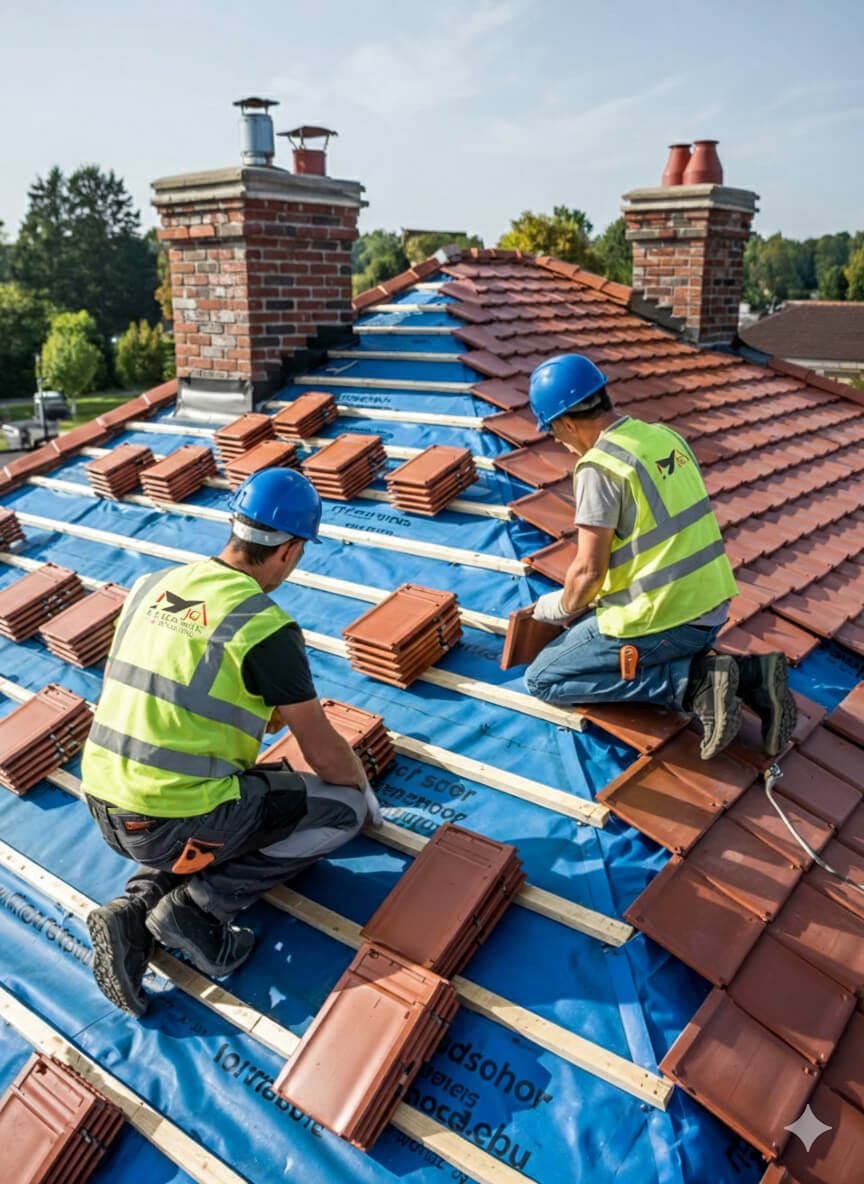
Get a free, no-obligation quote today.
Our experts are standing by to help you choose the perfect flat roofing solution.
⏱ Response within 24 hours guaranteed
Accredited by Which Trusted Trader, CITB, and approved by Kemper and Westwood, our team delivers safe, compliant, and warranty-protected Roofing Services in Harrow projects. These credentials mean guaranteed standards and long-term assurance—reinforced by the positive client reviews that consistently highlight quality, professionalism, and trust.


Complete reroofing. Living in Singapore at the time and T was super responsive and communicative.
Replacement of lead box gutter and new flashing to parapet wall. I had an excellent experience using James and the team. He was very prompt in all aspects of communication and completed a first class job. Really pleased.
James completed some repairs on our roof and replaced some of our pebble dash by the roof as well. He was very thorough and fixed everything. He kept us really informed by taking photos and showing us what he did and keeping us updated. It also went onto our neighbours roof and he did the same fo...
We had a leak in our bedroom and James fixed the roof for us to stop it from leaking. All the work came with a warranty. The work that was carried out was good. James and his team were polite, and did all the work quickly and without too much interruption to our day-to-day lives. Would recommend ...
J G Leadworks have repaired and replaced the roofs and gulleys over our warehouse and workshops which have meant both areas are now watertight
James and team were incredibly responsive to my request to look at a serious leak issue on my flat roof. They did a very thorough investigation and explained in detail the issue and gave a fair quote. They were quick to book in and complete the work and have checked in afterwards a few times to m...
James was quick to respond to the initial contact and was able to work around some time constraints I had. He explained what needed doing clearly and was happy to answer follow up questions. He took pictures to show each stage and I feel confident in the work that was done by James and the team. ...
JG Roofing were very easy to work with. Their quote was sensible and they stuck to that figure. They completed many repairs to my roof including, rebuilding a leaded gutter, reinforcing rotten rafters, rebuilding a long felted gutter and felting parapet walls, resurfacing and felting a flat roof,...
Planning and legal checks protect clients from costly errors, delays, and non-compliance, ensuring roofing projects meet regulatory and safety requirements.
Permission is typically required for listed properties, conservation areas, or major roof alterations. All projects must also satisfy Building Regulations, including Part A (structural safety) and Part L (energy efficiency), ensuring compliant and future-proofed installations.
Our team manages the full process, from initial surveys to legal guidance, preparing documentation, and liaising with local authorities where needed. Whether working on modern homes or heritage sites, we ensure every project is delivered legally, safely, and with minimal disruption—providing complete reassurance and peace of mind to property owners.

Every project unites skilled workmanship with rigorously tested materials.
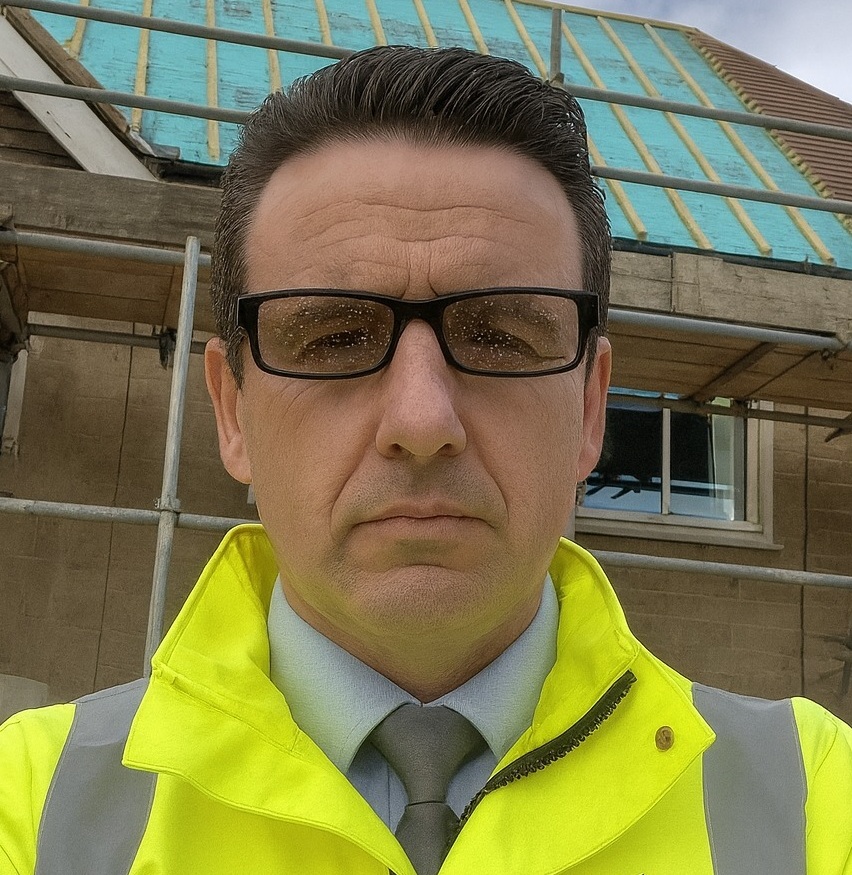
With 25 years of experience in lead sheet roofing, James is a trusted expert in heritage roofing, slate, and tiling. His knowledge of traditional methods, paired with modern compliance, makes him a go-to specialist for projects that demand both craftsmanship and durability.
Roofing Services in Harrow provides lasting protection, efficiency, and value, delivering durable, compliant roofing solutions that safeguard every type of property investment.
Selecting Roofing Services in Harrow involves balancing durability, budget, compliance, and aesthetics to secure the best-fit roofing solution for your property.
Why Clients Choose JG Leadwork and Roofing
With decades of trade experience, our teams understand the unique demands of London and Home Counties roofing. From heritage-listed properties to contemporary extensions, we adapt solutions to local regulations, weather conditions, and architectural styles with precision.
Accredited by Which Trusted Trader, CITB, and approved by Kemper, Westwood, IKO, ALM, and other leading suppliers.
These credentials guarantee safety, compliance, and access to manufacturer-backed warranties, giving clients peace of mind that their project meets the highest professional standards and benefits from warranty protection.
Our heritage projects use Welsh Slate and handmade clay tiles for authenticity, while leadwork is delivered to Lead Sheet Association (LSA) standards. Commercial installations employ Kemper and Westwood liquid systems for durability and efficiency. Each example demonstrates our reliability, blending traditional craftsmanship with modern performance.
Our workforce includes skilled roofers, heritage specialists, and safety-certified installers.
Every roofer holds NVQs, receives ongoing CPD training, and is qualified in both modern flat systems and traditional techniques, including slate and leadwork.
Team structure ensures projects run smoothly—surveyors identify needs, installers deliver with precision, and supervisors oversee compliance. This approach minimises disruption, accelerates timelines, and guarantees consistent quality across residential, commercial, and industrial roofing projects.
Every project is regulation-compliant, warranty-backed, and focused on long-term results.
Client testimonials and case studies confirm our track record, with projects praised for professionalism, durability, and customer support.
We go beyond installation with aftercare packages, maintenance support, and open communication at every stage. Property owners gain reassurance that JG Leadwork and Roofing stands behind its work. Book a free survey today and discover why homeowners, landlords, and businesses trust us with their roofing.

Get a free quote, rapid response, and expert service across London and the Home Counties. Contacting JG Leadwork and Roofing is your simple first step to dependable roofing solutions.
We source materials from leading suppliers including Supreme and IKO felt systems, Kemper, Westwood and Proteus liquid systems, Welsh Slate, handmade clay tiles, ALM Lead Mills, and Nicholson Air Track. These trusted brands guarantee durability, compliance, and warranty-backed performance across flat, pitched, heritage, and commercial roofing projects.
.
.
For homes, Roofing Services in Harrow safeguards comfort and enhances kerb appeal with durable, energy-efficient systems. Whether modern extensions or traditional pitched roofs, tailored solutions improve living standards and protect property value.
For businesses, Roofing Services in Harrow delivers cost-effective, large-scale installations with minimal disruption. Projects are planned around operations, with safety compliance, energy performance, and flexible scheduling built in—supporting offices, retail, schools, and industrial facilities with reliable, regulation-ready outcomes.
For heritage properties, Roofing Services in Harrow combines authentic materials such as Welsh slate, handmade clay tiles, and ALM lead with skilled conservation techniques. Listed building consent and conservation requirements are fully managed, ensuring traditional character is preserved while integrating modern weatherproofing. This careful balance provides long-term durability without compromising historic integrity or aesthetic value.
JG Leadwork and Roofing delivers Roofing Services in Harrow across housing, commercial, heritage, and public sectors. Every industry comes with unique requirements, from safety and compliance to efficiency and conservation. Our adaptability ensures projects are delivered with precision and professionalism—whether safeguarding homes, supporting business continuity, preserving history, or protecting critical public and healthcare facilities.
Durable roofing installed with minimal disruption, ensuring safe, regulation-compliant workspaces for staff and visitors.
High-standard, compliance-focused solutions protect community facilities while meeting strict safety and regulatory obligations.
Heavy-duty roofing tailored for wide spans, ventilation, and long-term maintenance efficiency.
Authentic materials and sensitive methods preserve historic character while adding modern protection.
Weatherproof systems that enhance kerb appeal and guarantee uninterrupted trading for outlets.
Tailored roofing improves guest comfort, safety, and ambience across hotels, restaurants, and venues.
Safe, durable systems designed for schools and universities with minimal learning disruption.
Specialist roofing solutions built for hygiene, safety, and regulatory compliance in medical environments.
Our team of NVQ-qualified roofers, LSTA-trained specialists, and health & safety-compliant professionals bring decades of combined experience. Every project is delivered with meticulous attention to detail, ensuring safe practices and consistent quality across flat, pitched, heritage, and commercial roofing disciplines.
Expertise includes heritage leadwork, slate and tile roofing, modern flat systems, and drone-assisted roof surveys. Ongoing CPD training ensures adaptability to both traditional craftsmanship and the latest innovations—giving clients confidence that every roof is built or repaired with proven skill and care.

A thorough survey highlights existing issues, structural considerations, and upgrade opportunities, ensuring the best-fit solution is identified from the very beginning.
Transparent, itemised quotes detail costs, timelines, and materials—giving you complete clarity and confidence before work starts, with no hidden surprises.
Scaffolding, access solutions, and robust safety measures are put in place to safeguard both property and people throughout the project.
Skilled roofers complete the work using accredited materials and proven techniques, delivering durable, compliant results while keeping disruption to a minimum—whether for repairs, replacements, or new installations.
Each stage is inspected against manufacturer standards and Building Regulations, with photographic documentation provided for transparency and peace of mind.
Each stage is inspected against manufacturer standards and Building Regulations, with photographic documentation provided for transparency and peace of mind.
In a competitive roofing market, many providers look the same on paper. JG Leadwork and Roofing stands out through proven expertise, accredited methods, and specialist techniques. Our combination of traditional craftsmanship and modern technology makes us the safer, smarter choice across residential, commercial, industrial, and heritage projects.
In a competitive roofing market, many providers look the same on paper. JG Leadwork and Roofing stands out through proven expertise, accredited methods, and specialist techniques. Our combination of traditional craftsmanship and modern technology makes us the safer, smarter choice across residential, commercial, industrial, and heritage projects.

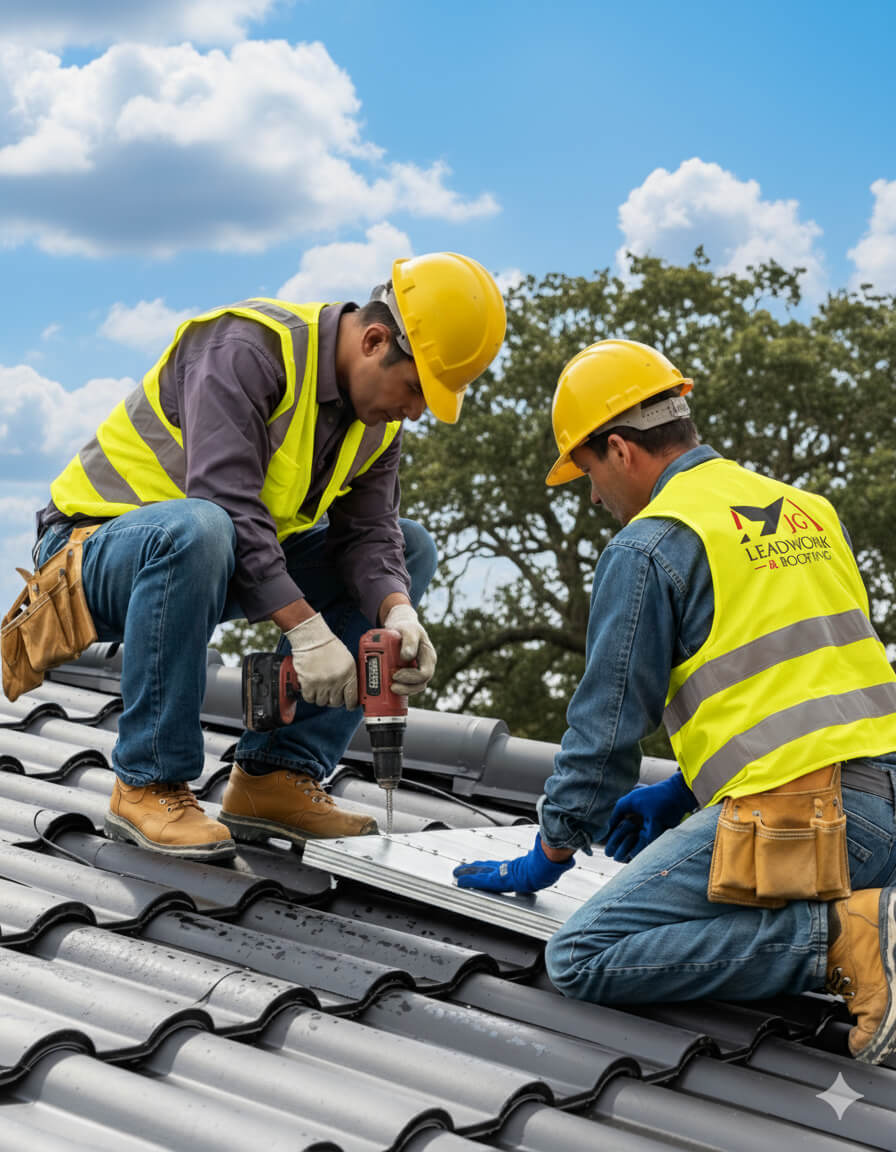
At JG Leadwork and Roofing, every project follows a structured QA process. Each stage—materials, installation, safety, and final sign-off—is measured against manufacturer specifications and UK Building Regulations to ensure durability, compliance, and warranty-backed performance across all roofing services.
Projects are only signed off once all QA checks are complete, giving clients confidence in long-term performance, structural safety, and insurance-backed peace of mind.
Every Roofing Services in Harrow project by JG Leadwork and Roofing is delivered in strict alignment with UK Building Regulations and recognised frameworks. This ensures structural safety, energy efficiency, durability, and protects warranties and insurance coverage across residential, commercial, industrial, and heritage properties.
Clients can be confident their project is completed legally, safely, and insurance-ready—delivering long-term performance, compliance assurance, and complete peace of mind.
Property owners often wonder about Roofing Services in Harrow—from costs and timescales to permissions. Below, you’ll find straightforward, trustworthy answers to the most frequent and practical queries.
Water ingress after periods of heavy rain is a common—and disruptive—issue for property owners in Harrow. Leaks can lead to interior damage, undermine structural timbers, trigger mould growth, and in some cases threaten insurance compliance if left unresolved. Understanding precisely how and why water finds its way in is crucial for avoiding repeat problems and unnecessary expense. This answer breaks down the critical technical causes, common warning signs, and practical diagnosis approaches that every property owner, contractor, or developer should know.
The initial line of defence for any roof is its weatherproof layer—such as tiles, slates, or membrane systems for flat roofs. Over time, heavy rainfall combined with Harrow’s seasonal freeze–thaw cycles can cause tiles or slates to crack, shift, or slip. For flat roofs, the primary membrane (like felt, EPDM, or GRP) may develop blisters, splits, or pinholes. These vulnerabilities allow rainwater to penetrate into the underlying structure. Left unchecked, moisture tracking below the covering (by capillary action—where water is drawn along fine cracks or joints) can quickly lead to visible stains on ceilings or walls, plaster bulging, and even gradual timber decay.
Aged or brittle materials are most at risk, particularly after repeated heavy rainfall or cold snaps. Periodic inspections—especially after storms—can identify lifted edges, dislodged tiles, and early signs of membrane fatigue before major leaks occur.
Even when the visible roof covering appears intact, weakness at critical joints is a leading cause of leaks. The most susceptible points include flashing (thin metal strips, often lead or aluminium) installed at roof valleys, around chimneys, skylights, or abutments. Faulty or poorly sealed flashing can allow driving rain to penetrate even the smallest gaps. Over time, movement from thermal expansion, lack of sufficient upstands, or mortar deterioration at overlaps lets water bypass the weatherproof line.
Signs of flashing issues include moisture marks that appear only after rain, localised damp around roof perimeters or chimneys, and a musty odour in roof spaces. Care should be taken to inspect flashing at the interface between sloped and flat sections, as water can be forced uphill by wind, exploiting even well-disguised weaknesses.
The Harrow area’s variable rainfall places additional strain on roofs not designed with sufficient fall (minimum slope to drain water quickly). On flat roofs, poor drainage or sagging decks lead to ponding—standing water more than 10mm deep for over 48 hours after rain—which accelerates membrane ageing and can breach seams. Debris accumulation—like moss or leaves—further impedes drainage, especially in gutters and at scupper outlets, causing water to back up under coverings.
Another root cause—commonly overlooked—is interstitial condensation. Inadequate insulation or poor ventilation (as flagged in Part L of Building Regulations) traps warm, moist air in the roof structure, which then condenses on cold surfaces during temperature swings. The effect mimics a leak even where no direct water entry exists, leading to stained plaster, persistent damp, and degradation of roofing timbers over time.
Effective diagnosis starts with a comprehensive visual inspection, ideally both externally (including the roof surface, joints, and flashings) and internally (for signs of stains, damp, or rot). Tools such as moisture metres quantify damp levels in timbers or plaster, while a borescope (a slim camera) is useful for viewing inside roof cavities without intrusive removal. For flat roofs, core sampling tests can check the integrity and moisture content of insulation layers. Increasingly, drone imaging supports rapid external assessment, particularly over large or inaccessible areas.
A practical inspection table linking root cause, symptom, and suggested remedy:
| Root Cause | Typical Symptom | Risk if Ignored | Indicative Remedy |
|---|---|---|---|
| Cracked/slipped tile/slate | Ceiling stains near leak | Rot, spread of damage | Replace tiles, relay underlay |
| Flashing deterioration | Damp patches near chimneys/edges | Hidden structural decay | Re-fix/reseal flashing, repoint |
| Ponding on flat roof | Local pooling, membrane blister | Early membrane failure | Improve drainage, re-deck if needed |
| Poor insulation/ventilation | Wet timbers, black mould growth | Interstitial rot | Upgrade insulation, add vents |
When considering a new roof for a property in Harrow or greater London, understanding what drives the cost difference between slate and tile roofing is essential for effective budgeting and planning. The headline answer: Slate is typically more expensive than clay or concrete tiles, mainly due to material sourcing, installation labour, lifespan, and compliance with UK building standards. Price isn’t the only consideration—each option brings unique regulatory, technical, and maintenance implications.
Choosing the right material will affect not just the upfront cost, but decades of maintenance, insulation, and property value.
The first major factor separating costs is the material itself. Natural slate is a quarried stone, often imported from Wales, Spain, or even further afield. Its production, transport, and sorting add significant cost per square metre—typically, good quality slate roofing in London starts from £120/m² for supply and fit (materials, labour, VAT), with premium grades running higher.
Clay or concrete tiles are generally mass-produced and more readily available. Standard clay or concrete tile roofs usually start at £75–£110/m². Tile selection offers greater flexibility in terms of shape and colour, with concrete tiles often coming in as the most economical choice.
The variability and price premium for slate arise from its natural irregularity and the additional skill required to instal it properly—cutting and fixing natural stone is more labour-intensive than laying uniform tiles.
Labour costs are a crucial element for both systems but especially impact slate. Proper slate roof installation demands trained workers familiar with BS 5534, the British Standard for slating and tiling, which governs everything from minimum lap distances to fixing methods. This standard-compliant work can take more time than a comparable tiled roof, increasing total labour costs by up to 25%.
Tiled roofs are quicker to lay thanks to interlocking designs and factory consistency. However, both systems must satisfy structural requirements under Part A of the Building Regulations—meaning support timbers (rafters, battens) may need upgrading for heavy slate or special tile types, further impacting the total project cost.
London’s patchwork of conservation areas and heritage zones introduces another layer of complexity. Properties in these areas may be required to use natural slate to maintain historic character, especially for visible roof slopes on listed buildings. This often rules out cheaper modern derivatives and demands higher-quality materials and traditional workmanship, potentially pushing costs up.
In these settings, approval from the local planning authority may be obligatory before any change, extending timescales and associated soft costs (architectural drawings, heritage reports, planning fees). Non-compliance can result in enforcement action or the need to redo non-approved work.
Deciding between slate and tile demands a holistic look at costs, not just installation. Here’s a comparative view based on typical projects in Greater London:
| Factor | Slate Roof | Concrete/Clay Tile Roof | Why It Matters |
|---|---|---|---|
| Supply & Fit (per m²) | £120–£180 | £75–£110 | Upfront budget and material accessibility |
| Lifespan (years) | 80–120+ | 40–70 | Long-term value; fewer replacements for slate |
| Labour Intensity | High (specialist skill needed) | Moderate | Affects fit time and total labour cost |
| Regulatory Pressure | Often required in Heritage | Flexible except in some areas | Failing to comply may require rework |
| Maintenance Frequency | Lower (if skilled work) | Moderate | Impacts annual maintenance costs |
Making the right decision involves more than just price; it’s about regulatory compliance, property aesthetics, and service life. Whatever the choice, ensure any contractor can evidence compliance with BS 5534 and demonstrates practical experience working with your chosen material. A well-justified selection optimises costs while protecting both the building’s value and regulatory standing.
Roof installation times in Harrow typically range from 2 to 7 working days for household pitched or flat roofs. The exact duration depends on factors like roof size, structure complexity, chosen materials, site access, and the renowned unpredictability of UK weather. Knowing these timelines helps homeowners, landlords, and building managers plan for disruption, manage budgets, and uphold building safety and long-term care standards. Accurate scheduling also keeps projects compliant with building regulations and warranty obligations.
A straightforward re-roof of a three-bedroom semi-detached home in Harrow, using tiles or slates, usually takes about 4–6 days. Main phases include:
Flat roof systems—using torch-on felt, EPDM rubber, or liquid-applied membranes—are generally faster, requiring 2–4 days, depending on area and features. More complex works, especially on heritage or intricate buildings, might extend this timeline due to features like thermal expansion joints (gaps for material movement in temperature swings) or custom rooflights and drainage.
Ongoing maintenance is vital to safeguard any new roof and support warranty claims. Typical schedules include:
Proactive actions like keeping gutters clear and responding promptly to minor issues help prevent expensive, large-scale repairs and keep insurance valid.
The lifespan of a roofing system, and its required care, depends on the material and installation method. Common examples:
| Material | Typical Lifespan | Inspection Frequency | Key Maintenance Actions |
|---|---|---|---|
| Slate | 80–100 years | Every 5 years | Replace damaged slates, remove moss |
| Clay Tile | 60–80 years | Every 3 years | Replace cracked tiles, monitor debris |
| Concrete Tile | 40–60 years | Every 3 years | Watch for cracks and slippage |
| Felt (Torch-on) | 10–20 years | Every 2 years | Seal edges, repair blisters, ensure runoff |
| EPDM Rubber | 25–40 years | Every 3 years | Inspect joints/seams, clear outlets |
| Liquid System | 25–40 years | Every 3 years | Recoat as needed, check upstands/drainage |
Seasonal maintenance and periodic inspection are crucial. Cold winters and freeze–thaw cycles can dislodge tiles and damage masonry, while standing water shortens flat roof lifespans. Consistent upkeep paired with weather-aware scheduling is the foundation of a robust, long-lasting roof in Harrow.
When considering roofing services in Harrow, the key decision drivers are upfront cost, the reliability of long-term warranties, and knowing you can trust your installer. Homeowners want clear price guidance to budget confidently and avoid surprise bills, landlords are concerned with predictable maintenance costs, and businesses increasingly demand solid warranties to safeguard their assets and insurance standing. Clarity across these factors not only de-risks your roofing investment but can directly affect energy bills, resale value, and peace of mind when things go wrong.
The cost of roofing services depends on several major factors: the type of work (repair or replacement), extent of existing damage, property size, access conditions, chosen materials, and regional price benchmarks.
| Service Type | Typical Range (UK) | Key Influences |
|---|---|---|
| Roof Repair | £250 – £1,200 | Localised damage, roof height, tile/lead |
| Roof Replacement | £5,000 – £15,000+ | Roof area (m²), material grade, insulation, finish, access |
A transparent itemised quote should always be requested to avoid hidden extras.
A quality roofing job comes with an insurance-backed warranty—typically valid for 10 to 20 years. This warranty covers both materials (like tiles, membranes, and leadwork) and workmanship (the installation itself), offering a safety net in the event of hidden defects, manufacturing flaws, or failures recognised after completion.
Keep records of your warranty and ensure the provider is registered with a reputable insurance scheme.
Roofing is heavily regulated, and picking an accredited installer is crucial for ensuring your investment is both safe and fully compliant. Look for:
Accredited contractors routinely deliver better workmanship, fewer repair callbacks, and are authorised to issue insurance-backed guarantees. The accreditation status also guarantees roofers are up-to-date on building regulations—essential for protecting your property’s value.
Skimping on correct methods to save upfront can expose property owners to serious long-term costs and liability:
False economy in roof work almost always results in higher maintenance bills, lower energy efficiency, and difficulties with insurers if you need to claim. A professional, transparent approach is the only proven way to safeguard your roofing investment in Harrow.